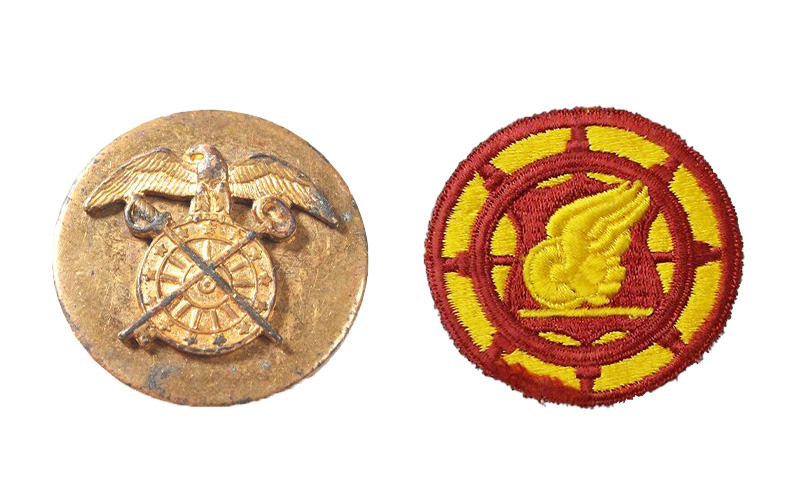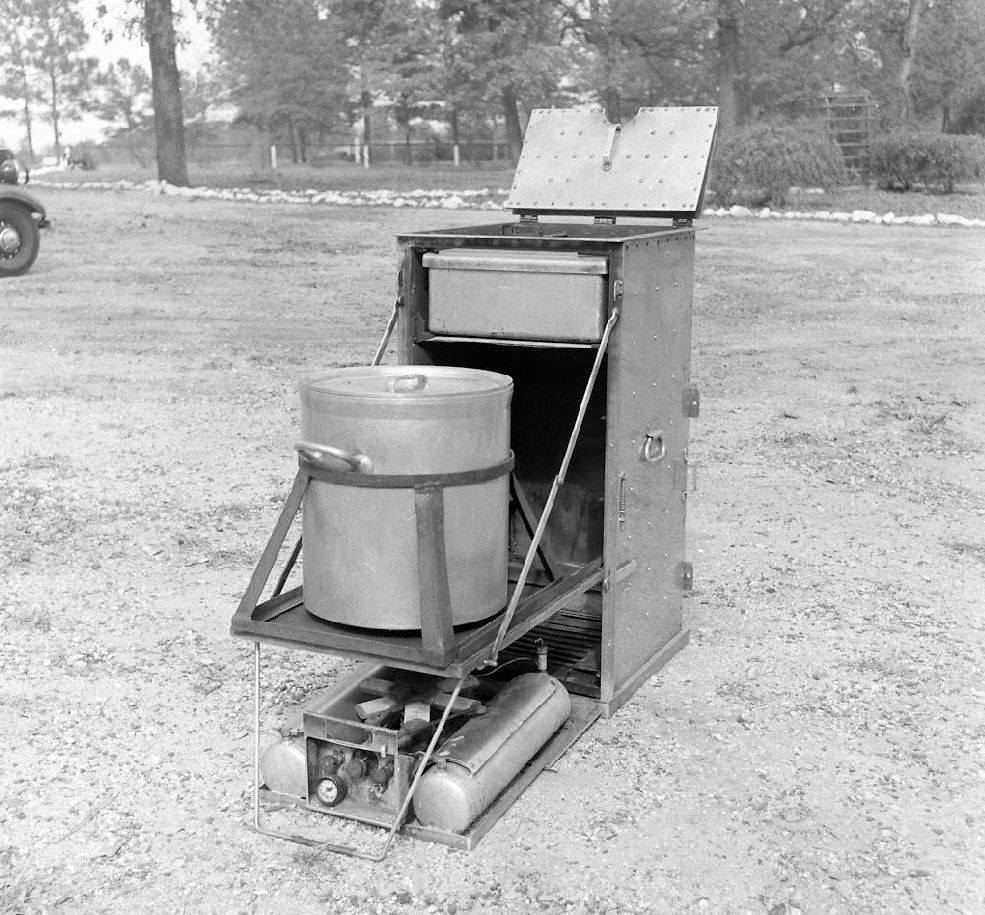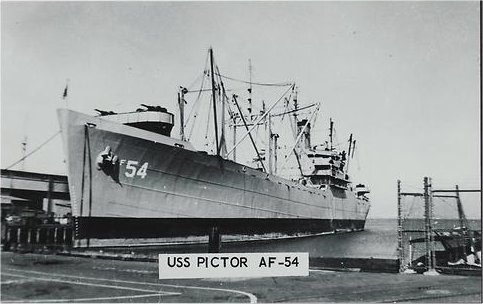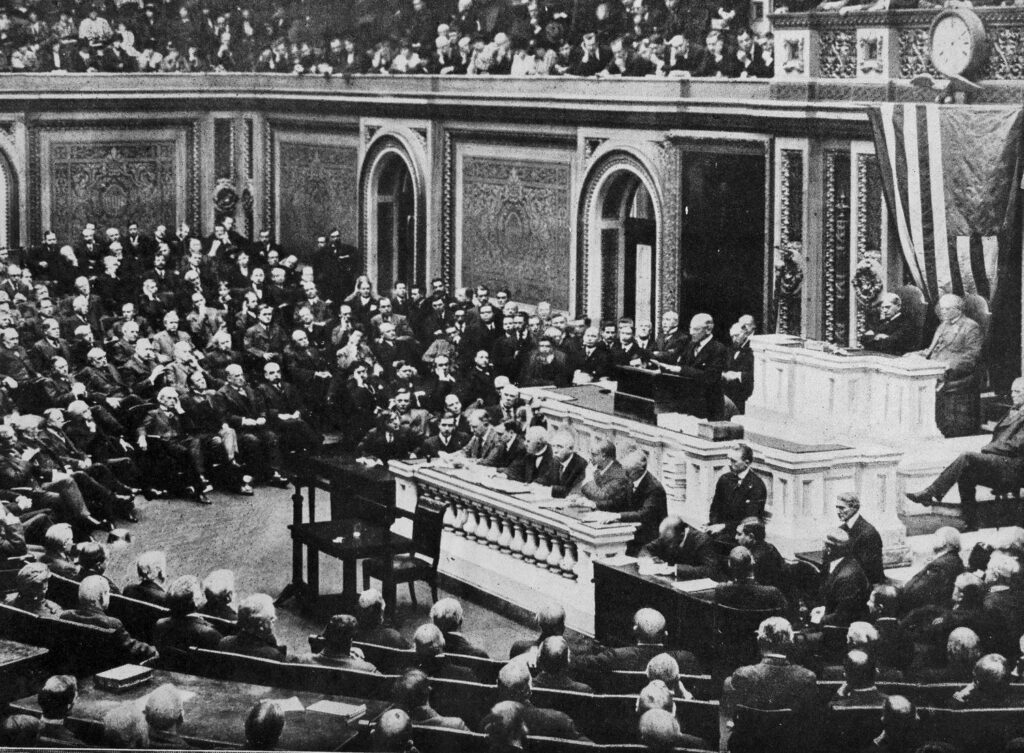Banner photo: Corporal Leo Kaller enjoying a Thanksgiving turkey in November 1944 (Wikimedia Commons/Us Army)
After the difficulties encountered during the Battle of Normandy, and the slower-than-expected progress towards Germany, it was clear that the war would last until 1945. In September 1944, the U.S. Army promised a real Thanksgiving meal to the troops in Europe, who by then numbered 1.3 million, with a further 500,000 to be added by November 28! It was a hard promise to keep, and one that risked a major blow to morale if it didn’t materialize.
The challenge was enormous. American logistics had serious shortcomings: the ships, ports, ground transport and storage facilities available were ill-suited to such an operation. Even in normal times, supplying the front line was difficult, and soldiers often found themselves short of supplies. No fewer than 6,000 trucks criss-crossed the areas where American troops were stationed from French ports, driven by thousands of soldiers, many of them African-American. Moreover, the cold chain between American farms and soldiers’ stoves near the American border was unreliable. For the Allies in general, procuring refrigerated ships had been a challenge during the war. By 1943, the Maritime Commission had ordered five vessels, the Blue Jacket, Great Republic, Golden Eagle, Trade Wind and Flying Scud, whose supply and chartering, once operational, were managed by the United Fruit Company. A substantial but insufficient reinforcement, forcing the American army to use smaller, older and slower ships to transport frozen foodstuffs.

Once in French ports, the challenge was to have enough cold stores, refrigerated trucks and railcars to ensure the transit of the food. Cargoes were often held in sheds for lack of transport, blocking subsequent ships and shifting their itineraries, causing food to rot inside. Supplies and warehouses were managed by the Army Quartermaster Corps, while ships, trucks and trains were the prerogative of the Army Transportation Corps. This organizational division of operations led to a number of communication problems that exacerbated their progress. One day in the summer of 1944, operations at the port of Le Havre came to a screeching halt. The Quartermaster Corps had not coordinated with the Transportation Corps to provide trains to transport supplies to the soldiers.

With the promise that every American soldier in Europe would receive a proper Thanksgiving meal a sword of Damocles, the American command had to take drastic measures. From September onwards, the amount of fresh meat, fruit and vegetables in rations was drastically reduced, and replaced by non-refrigerated cold cuts and smoked meat. This was to avoid overcrowding cold stores, particularly in the UK. The British risked returning the use of these warehouses to civilians, with no way back for the army. Last but not least, the size and shape of turkeys, which were far less ergonomic than beef or pork, and full of bones, meant that they took up four and a half times as much space.
On October 15, the Great Republic set sail from New York with no less than 1604 tons of frozen turkeys, arriving in Le Havre on November 16 – enough to make up a million meals. An armada of transport trucks awaited, distributing the turkeys, apples, oranges, lettuce and onions everywhere. The vast majority were cooked in the field on the M-1937 field stove, and each man was given a ration of meat three times the usual “A” ration, as well as mashed potatoes, green beans, corn, cranberry sauce, celery and pumpkin pie. Despite the fact that turkey was not rationed in the U.S. during the war, this massive shipment to Europe created a shortage at home. Black-market turkey operations proliferated, for example in New York.

Some American soldiers received their Thanksgiving meal a day or two early or late, but just about all were able to enjoy it. It was a real tour de force, and one that put a smile on the faces of soldiers far from home and family. This was necessary, as the Battle of the Bulge was looming on the horizon, and would deprive many of them of a proper, warm Christmas meal.

The SS Great Republic continued its supply operations until the end of the conflict. She was recommissioned as USS Pictor in 1950, and delivered supplies to US troops around the world until 1969.






